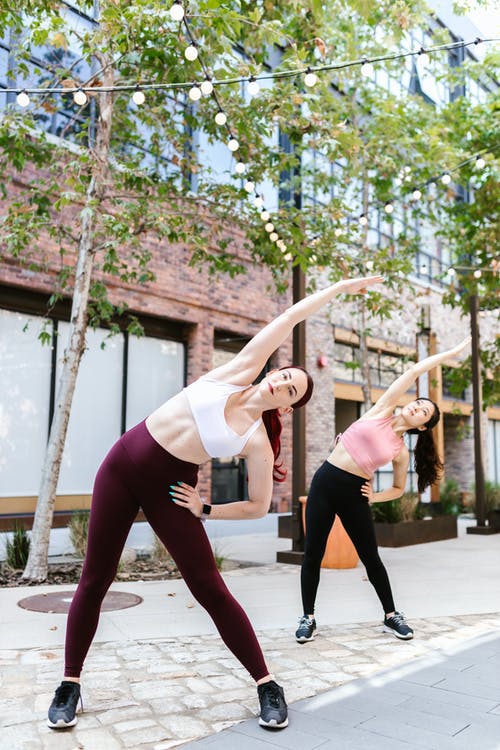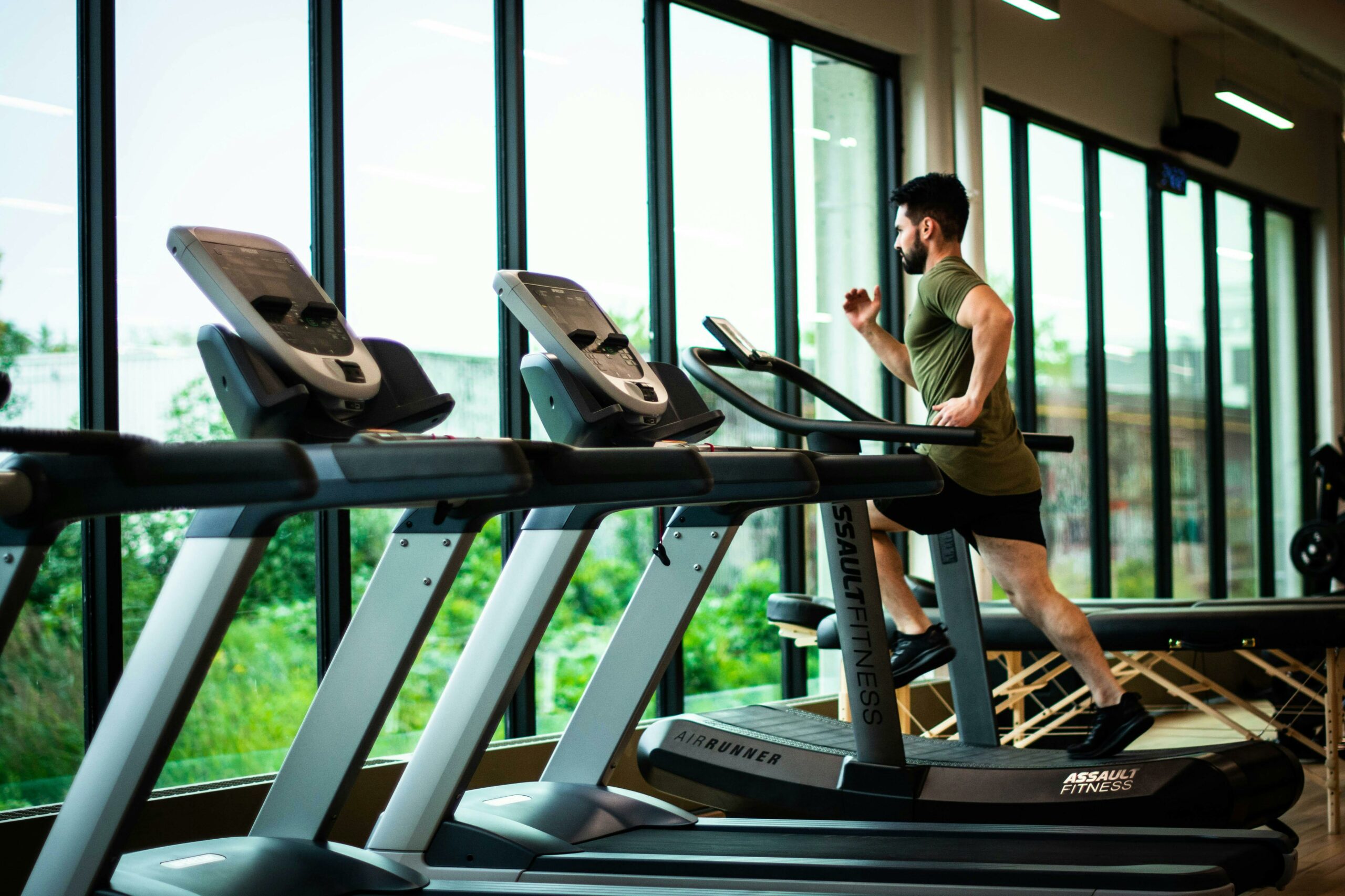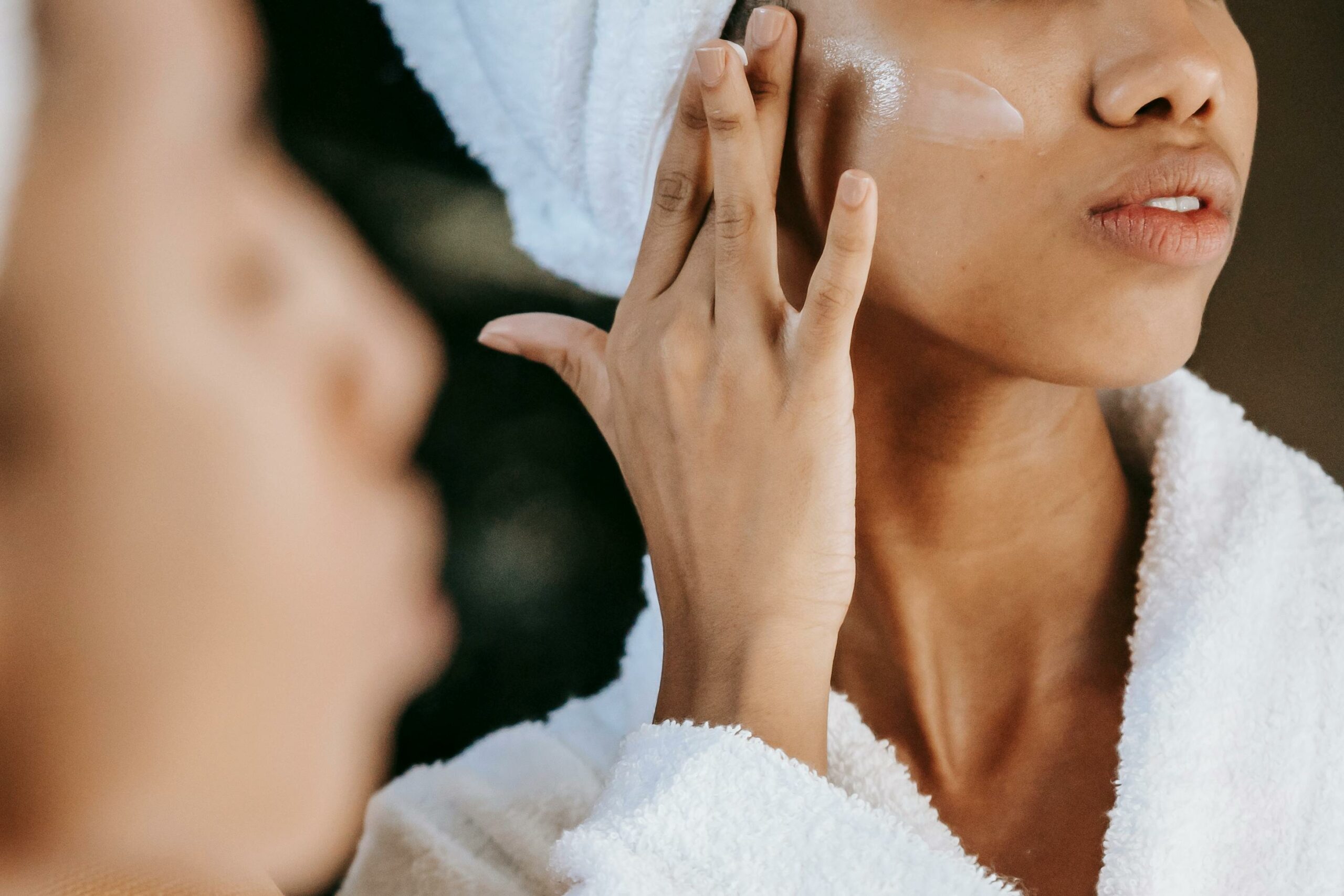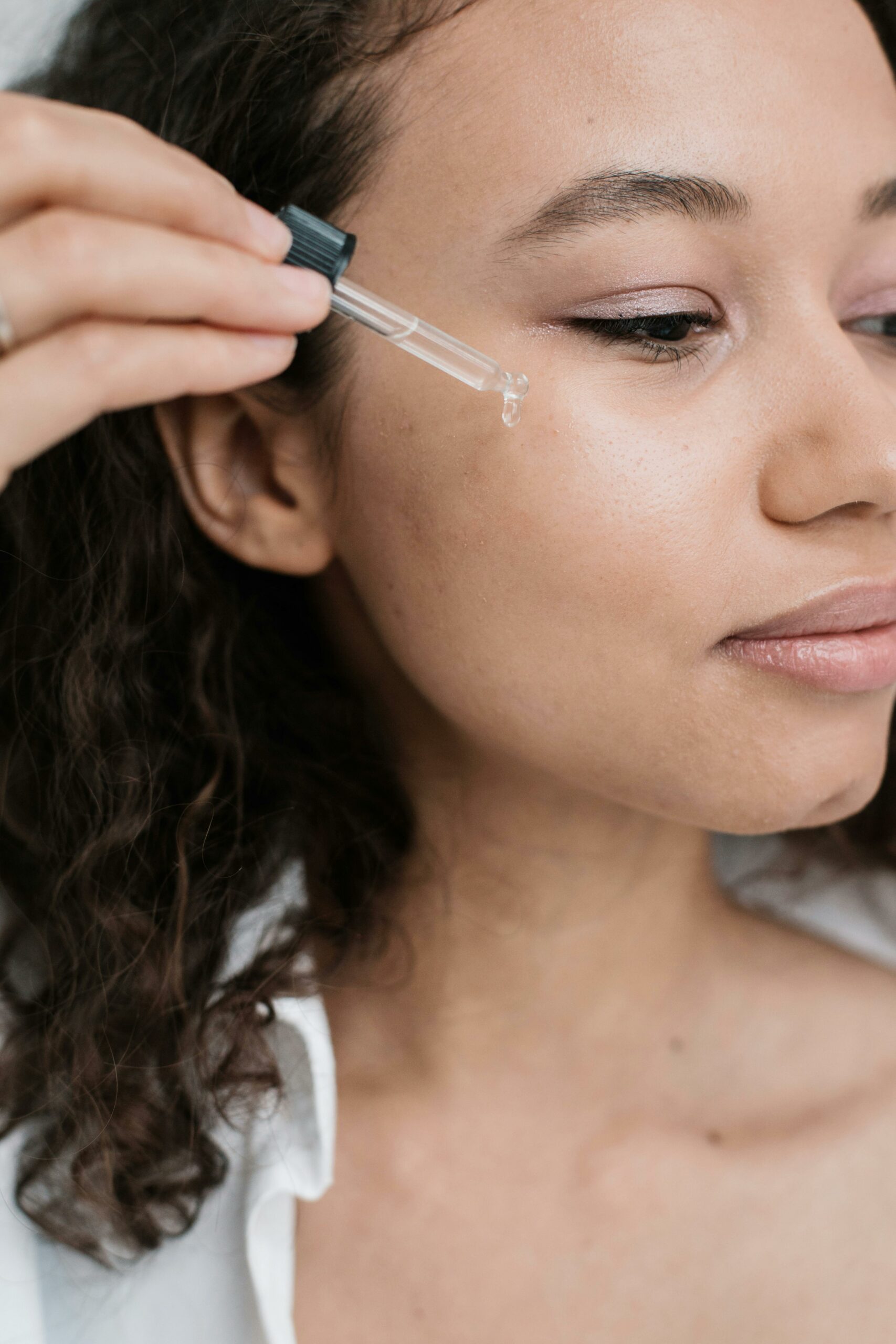If you’re looking to get in shape fast, high-intensity interval training (HIIT) is the way to go. This type of exercise involves short bursts of activity followed by a brief recovery period, and it is more effective than traditional cardio exercises like jogging or biking.
In this article, we will discuss what HIIT is, how it works, and some of the benefits you can expect from incorporating it into your workout routine. We’ll also provide a few tips on how to get started!
HIIT is a type of interval training that alternates between short periods of intense activity and brief recovery periods. This type of exercise is more efficient than traditional cardio exercises like jogging or biking because it allows you to work at a higher intensity for a shorter period of time.

Here’s an Example of a HIIT Workout:
- Warm-up for 5 to 10 minutes with some light cardio or stretching.
- Exercise at your maximum effort for 30 seconds (this could be running, biking, swimming, etc.)
- Recover for 90 seconds by doing something easier like walking or slow jogging.
- Repeat this cycle for a total of 20 minutes.
- Cooldown for a few minutes with some light stretching.
As you can see, HIIT workouts are relatively short but they are very intense. Now that we’ve covered what HIIT is and how it works, let’s discuss some of the benefits you can expect from incorporating it into your workout routine.
The Benefits of HIIT
- Increased calorie burn both during and after exercise
- Improved cardiovascular fitness
- Increased speed and power
- Enhanced fat burning
Things To Remember Before Doing High-intensity Interval Workouts
If you’re looking to get started with HIIT, there are a few things you should keep in mind.
First, make sure you warm up properly before starting your workout. A good warm-up will help to prevent injury and get your body ready for the intense exercise ahead. This is because when you do HIIT exercises, your heart rate will increase very quickly and your body will need time to adjust.
Second, HIIT workouts are meant to be short but very intense, so don’t be afraid to push yourself. However, it’s important to listen to your body and take breaks when you need them.
Finally, make sure you cool down after your workout and stretch out any muscles that feel tight. By cooling down, you’ll help your body to recover more quickly and prevent any post-workout soreness.
If you’re looking for a challenge and want to see results quickly, HIIT is the way to go. Incorporate it into your workout routine and enjoy the many benefits it has to offer!
How Many Days Per Week Should You Train HIIT?
Most experts recommend that you do HIIT workouts two to three times per week, with at least one day of rest in between each workout. If you’re just getting started with HIIT, you may want to start with just two workouts per week and gradually add more as your body adjusts.
Symptoms of Overtraining from HIIT
Overtraining is a condition that can occur when you push your body too hard, and it is characterized by fatigue, irritability, insomnia, and a decrease in performance.
If you find that you are experiencing any of these symptoms after starting a HIIT workout routine, it’s important to take a step back and scale back the intensity of your workouts.
You may also want to take a few days off from exercise altogether to allow your body to recover.
How To Recover From High-Intensity Interval Training
HIIT workouts are very taxing on the body and optimal recovery is essential for seeing results.
To help your body recover, make sure you’re getting enough sleep and eating a healthy diet that includes plenty of protein. You may also want to consider taking a recovery supplement like BCAA’s to help your muscles repair and rebuild.
You would also want to lower your adrenaline if you feel anxious or jittery after your workout. You can do so by taking a hot bath or reading a book. Breathing exercises are also a great way to help your body relax. This will help you sleep after your hard day’s work.
Sleep is essential for recovery because it’s during sleep that your body releases hormones that help to repair muscle tissue. Aim for seven to eight hours of sleep per night and try to get in bed before 10 pm because the quality of sleep is highest in the hours before midnight.
Ice baths can be used 24-48 hours after your workout to help reduce inflammation and speed up the recovery process. Simply fill a tub with cold water and ice and immerse yourself for about 15 minutes. Cold showers can also work as well.
If the cold isn’t your preference, you can also try using the sauna. Saunas can help to improve blood circulation and loosen up any tight muscles.
Just make sure to drink plenty of water while you’re in the sauna to avoid dehydration.
Make sure to never drink alcohol before or immediately after using the sauna as it can lead to dangerous consequences. 20-25 minutes is also the recommended time limit for sauna use.
Active recovery is also a great way to help your body recover from HIIT workouts. This involves doing light exercises or activities like walking, yoga, or gentle stretching.
By keeping the blood flowing, you’ll help your muscles to recover more quickly.
Remember, recovery is just as important as the actual workout when it comes to HIIT. By following these tips, you’ll be able to recover quickly and effectively so that you can get back to your training as soon as possible.
Сonclusion
Whether you’re a beginner or a seasoned athlete, HIIT is a great workout to add to your routine. By alternating between short periods of intense activity and brief recovery periods, you can burn more calories in less time.
HIIT is also known to improve cardiovascular fitness, speed, and power. Just remember to warm up before starting your workout and to listen to your body if you start to experience any symptoms of overtraining. With HIIT, you can see great results in no time!






